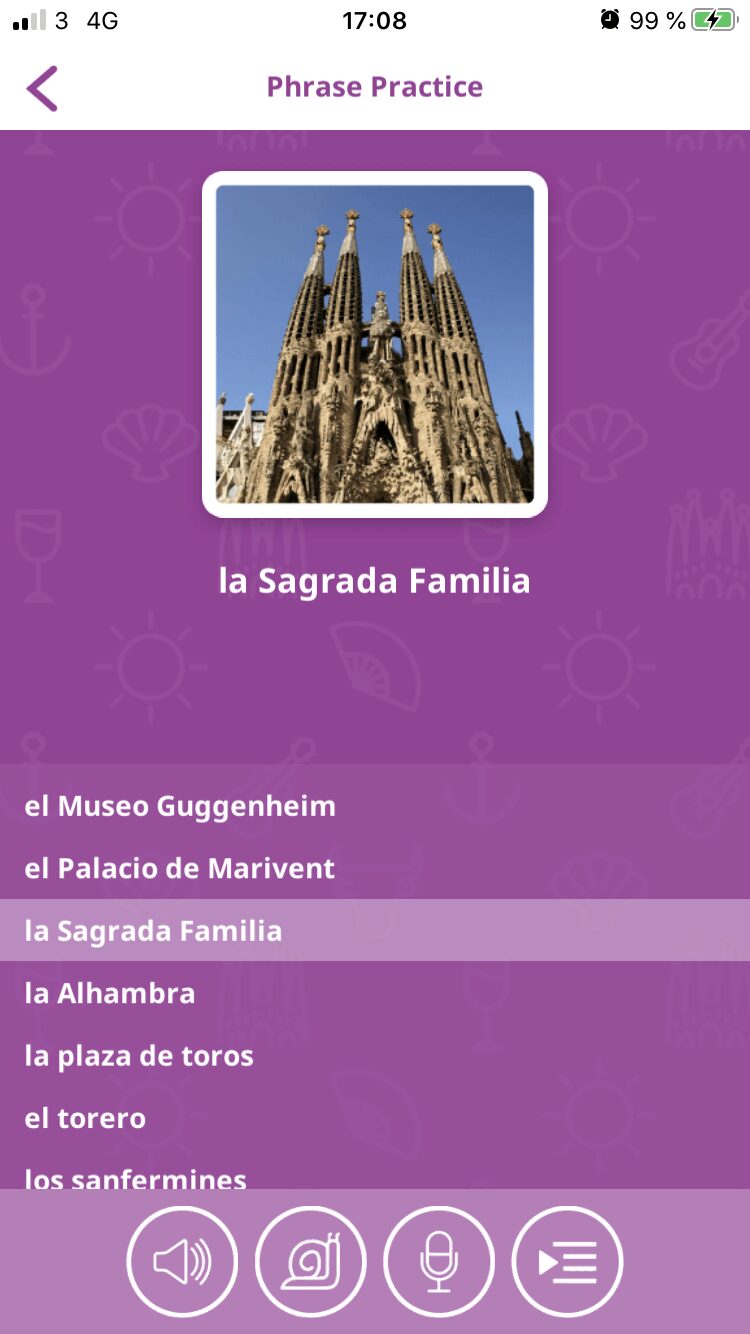
When it comes to learning a new language, where do you start? Pronunciation, maybe, or some listening? Then you’ll start learning words, phrases. Grammar. How to write. All these building blocks come together to help make up a language you can then communicate with. But, of course, communication is more than just words—it’s culture, too.
If you break learning a language down to just its most basic parts, then it seems like you would only have to learn the components of two major areas: grammar and vocabulary. After all, grammar governs the rules, the structure of how you say or write things to make them make sense. Vocabulary fills in the gaps in the grammar, making everything make sense.
So if you just learn all the grammar and then all the vocabulary (or vice versa), then you’ll have yourself a language, right?
Well, not exactly.
See, the thing is, it’s really easy to underestimate the influence culture has on a language. While you can learn a language without learning about a culture related to it, it makes it much, much harder. Plus, when we’re using the word culture, here, that doesn’t just mean a national culture. It can be regional. It can be related to age or ethnicity or religion or gender.
Here’s a quick example: even if you’re a native English speaker, if you’re not from the UK then you might be surprised when you hear someone refer to their evening meal, dinner, as tea. After all, tea is tea, right?
In the Victorian era, the concept of ‘afternoon tea’ came into being: a serving of light snacks and tea around 5pm that first began to take place in rich households. This eventually spread among the working class, as well, as a snack after lunch was found to boost energy levels. Afternoon tea (which still occurs today, albeit most of the time as an occasional treat) was then contrasted with ‘high tea’, or dinner, where the snacks were combined with a meal, all of which was served at around 6pm.
Eventually, things evolved so that lower class people called their midday meal ‘dinner’ and their evening meal ‘tea’, whereas higher class people referred to them as ‘lunch’ and ‘dinner.’ Although class boundaries are less rigid now than they were in Victorian times, you will still notice that there is a north-south divide when it comes to dinner versus tea—people in the north of the UK tend to say tea, whereas in the south, they say dinner!
Why is culture important when you learn a language?
For one thing, if you want to get your language skills to a decent level, there are words and phrases you’re going to learn that just won’t make sense without their cultural context. So many utterances, in every language, related to events or ideas that the people speaking it have experienced, whether that’s something as benign as ‘it’s swings and roundabouts’ (meaning it doesn’t matter one way or another—as in, both swings and roundabouts are equally good) or something related to more impactful events, like ‘friendly fire’ (when you shoot someone who is on the same side as you), which was a term that arose in English during World War One.
A complete lack of cultural knowledge, then, can cause difficulties for all parties involved in a conversation. Of course, it can also be an opportunity to make new friends—asking for help will almost always go across well!
Knowing about cultural aspects associated with a language you’re learning can also make the language easier to learn, however. There are likely to be customs you’re unfamiliar with, or foods, or even place names. If you know something about these things before you learn the language—or if you are exposed to them while learning—then they are more likely to stick in your mind, especially if they are things that are so totally different from your own culture. Doing some research into culture can make your learning a little easier!
How does uTalk help you learn about culture?
Obviously, we don’t pretend that we have every tiny aspect of culture that you might need when you’re learning a language in our app. That would be impossible! However, we’ve come up with something that we hope will give you a bit of an insight into the depth of what you’re learning—and will interest you in learning more!
When you open any of our languages, you’ll notice one topic right at the bottom of the screen. It’s the only one that’s called different things in different languages, because it relates directly to the language you’re learning.
It’s also the only topic where we don’t use your source language. Not even a little bit.
This is what we call our Culturally Specific topic. Usually, the topic has a country name (e.g. French has La France) but sometimes it doesn’t (e.g. Ladino is called Ladino). When you open it, you’ll see the same games and the same format, but all of the images are related to something that is either nationally or culturally specific, and the names of everything are in the language you’re learning.
We build this collection with the help of our translators and voice artists (who are, nearly always, native speakers), who pick out all kinds of things they believe are culturally relevant. This can be the names of cities, of buildings, of particular people… The list is huge, and we choose 20-50 of those to be in this section.
Let’s just show you some examples.

If you’re learning German and go to the Deutschland topic, then you’ll get to learn the word Oktoberfest, which is the annual beer festival held, not only in Germany, but nowadays, around the world.

Learning British English? The United Kingdom topic has gems like Yorkshire puddings, which are lovely baked puddings we have as a side dish (usually with a roast dinner). And that’s right, we have different cultural topics for different varieties of the same language!

In the Korean topic of 남한 (South Korea), you’ll learn the word for taekwondo, 태권도 (taegwondo), a martial art from the country.

Niseag is one of the fun words you can learn if you’re learning Scottish Gaelic (in the Alba) topic. This is, of course, the Gaelic name for the Loch Ness Monster!

And for Spanish (España), you’ll learn the name of Barcelona’s most famous cathedral—very useful if you plan on sight seeing there!
If this has convinced you that learning about culture is just as important as learning the nitty gritty of language, then why not start learning with us today? With one of our subscriptions, you get full access to all of the 60+ topics in your chosen language, including the culturally specific one! Get started today.